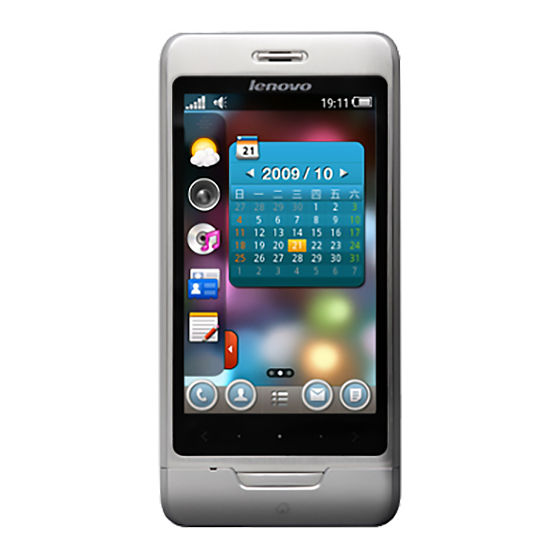
non-metallic accessory with the handset at least 1.5 cm from the body.
Use of other accessories may not ensure compliance with FCC RF
exposure guidelines.
This device complies with part 15 of the FCC Rules.Operation is
subject to the following two conditions: (1)This device may not cause
harmful interference,and (2) this device must accept any interference
received,including interference that may cause undesired operation.
We declared that the product is installed with battery separately in the
box. The FCC ID label is placed on the mobile phone clearly visible to
all persons at the time of purchase.
Hereby we declare that frequency range of our product is 2400 -
2483.5 MHz.
It sets in 79channels the system will hop at random on every channel
when in the process of being used, each channel used on average will
be guaranteed. The system complies with the requirement 15.247(a).
While system sets in the process of searching, the transmitter will
create a random code to the receiving end. When the two sides
connect successfully, both of their random codes shall be the same.
While system sets in the process of communicating as a benchmark of
2402MHz frequency, random code will create one more random code
in accordance with the same formula to reach an offset frequency.
Then the offset frequency plus base frequency works out the final
frequency, at the same time ensuring the final frequency will range
within 2400MHz and 2483.5MHz.Thus System hops randomly in such
an approach in 79channels to spread messages probably 100 times in
a second time, and each one channel shall be surely used at least
once . The system complies with the requirement 15.247(g)
Cause our product is a random hopping system, it doesn't have any
mechanic procedure to automatically control to hop any frequency or
close any frequency on the next second. It not has the ability to be
coordinated with other FHSS systems in an effort to avoid the
simultaneous occupancy of individual hopping frequencies by multiple
transmitters. The system complies with the requirement 15.247(h)
